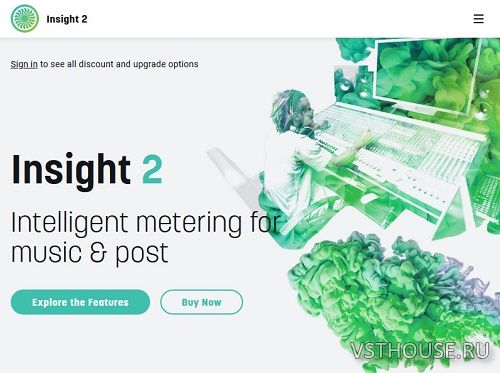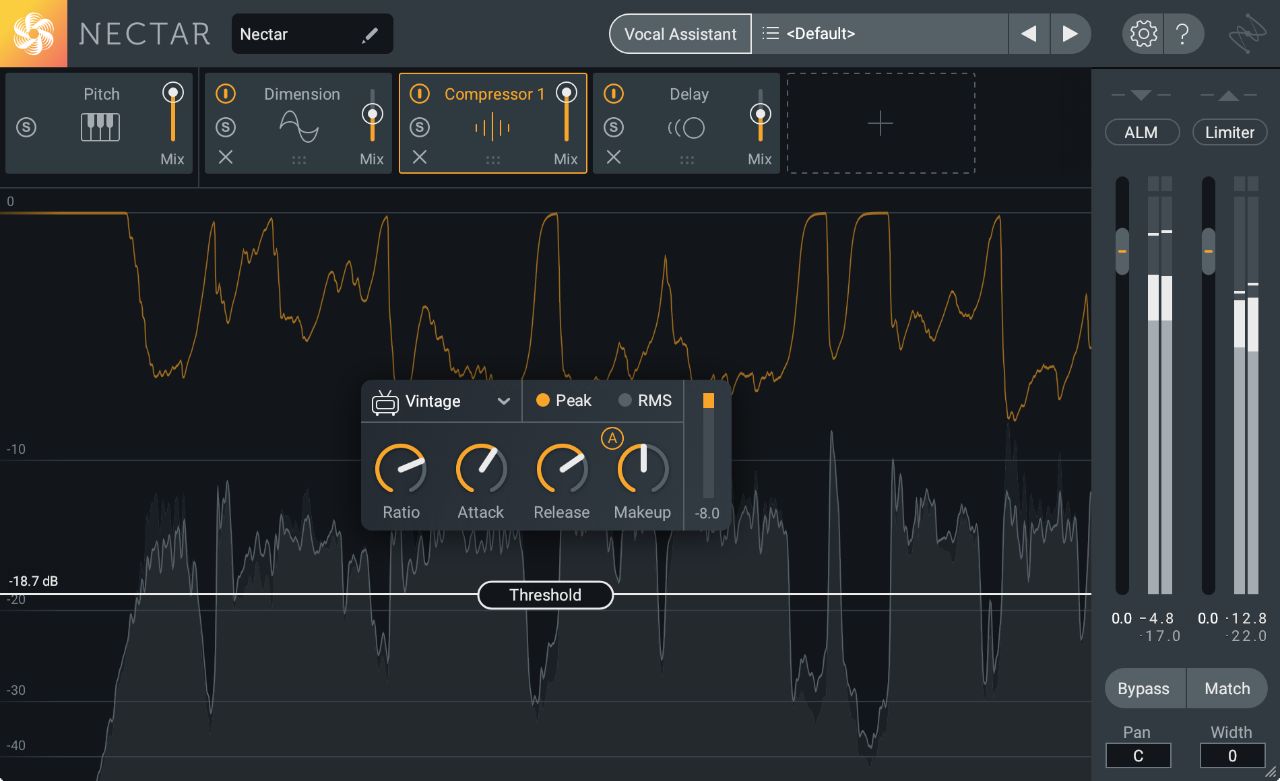

LUFS (Loudness Unit Full Scale) are pretty much the standard measurement for loudness, it takes into factor both perceived loudness as well as signal intensity. In contrast to this, two songs at identical LUFS values, should ideally sound like they’re the same level. To put it simply, if you hear an EDM song and acoustic track with the same RMS levels, they’re likely to not feel like they’re the same volume. Now, why are RMS values not the perfect metric to master to? Well, if RMS is the mathematical robotic side of volume, LUFS is closer to our, human, perception of loudness. What LUFS Should I Aim For When Mastering? The absolute minimum you’ll want to go is -18dBFS, but this can be a little too much so don’t be scared to experiment. For more subdued music, RMS values of -16dBFS and up, are preferable. Try for values between -7dBFS and -12dBFS, depending on your individual track. If you’re working with Electronic Music and going for high-intensity and energy in your master. The dynamic range of EDM songs will be lower and acoustic will be higher. EDM songs will be louder, while acoustic tracks will be quieter, pretty self explanatory. RMS values entirely depend on what genre you’ll be working with.

For now you should just keep in mind that RMS is the mathematical average volume of your signal. So what RMS should artists be aiming for, when mixing? Well, there is a reason you might not want to use RMS, but we’ll get into that a bit further along. That means, your dynamic range is 13.5 dB. Say your peaks are at -1.5dBFS (decibel Full Scale) and your RMS value is at -15dBFS. The difference between Peak and RMS values is your dynamic range. Not to be confused with Peak volume, which is the measure of your absolute loudest point in your signal – usually these will be your harsher transients. If you’re familiar with the world of analog hardware, all VU meters are essentially showing RMS values. Think of it as, your global average loudness level. So, to put it simply, RMS refers to the amount of energy in your signal, over a period of time. Unless mathematics was your thing in school, you probably haven’t got a clue what that means. RMS is essentially a mathematical measure of the magnitude or power of values. Whether it’s LUFS, RMS or Peak values, identifying the differences of these is key to the work of any mastering engineer.įurthermore, services like YouTube, Apple Music and Spotify, all have their own targets of how loud your song should sound It’s easy to get confused in the world of mastering metrics. Keep in mind what genre you’re going for, and use a reference track to check the RMS levels.Īim to stay within your genres average RMS values. Obviously it’s not always this simple, and is dependant on the context of your track. The minimum we recommend going is -18dBFS. For more subdued music, go lower at -16dBFS. RMS levels for loud, in your face tracks, should range between -7dBFS and -12 dBFS.


 0 kommentar(er)
0 kommentar(er)
